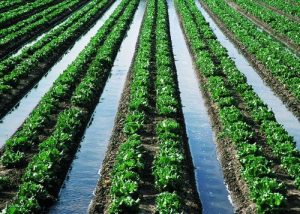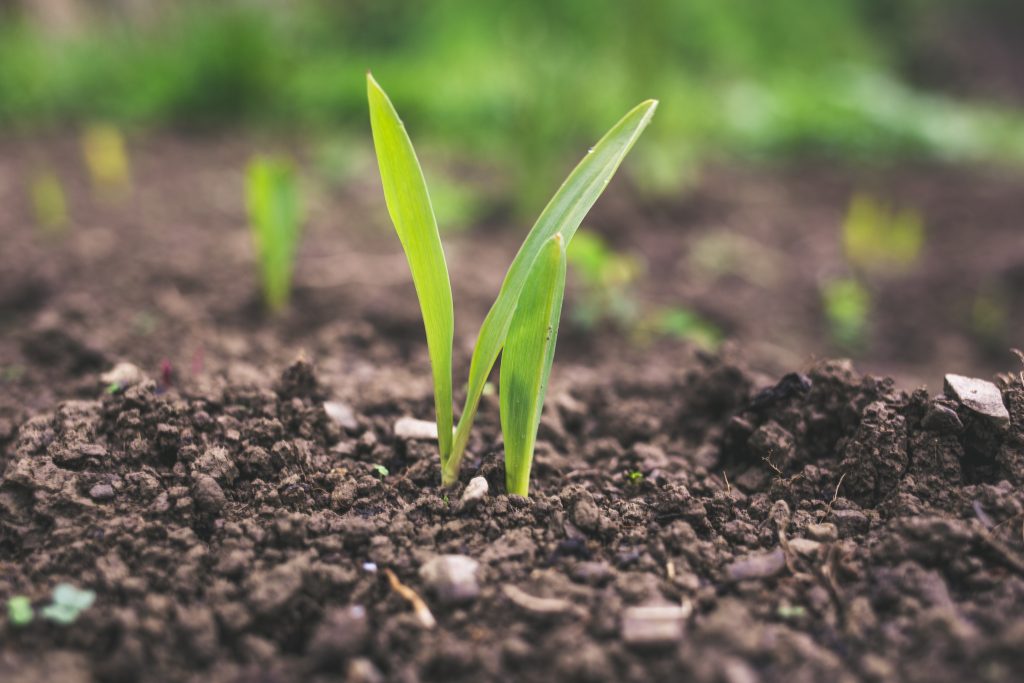Land rotation refers to the practice of periodically resting or rotating land parcels to allow them to recover and regenerate. This method is often employed in agricultural or pastoral contexts where intensive land use can deplete soil fertility and degrade ecosystems over time. By rotating land usage, different parcels are given time to recover, restore nutrients, and prevent soil erosion.
In pastoral settings, land rotation involves moving livestock between different grazing areas to prevent overgrazing and allow vegetation to regrow. In agriculture, it might involve leaving land fallow for a period to restore soil fertility, or alternating between different types of crops or land uses to maintain soil health.
Land rotation is crucial for sustainable land management, as it helps prevent land degradation, preserve biodiversity, and maintain ecosystem services over the long term. Thank you for the clarification.
Advantages of land rotation
Land rotation, or the systematic rotation of land use, offers several advantages for sustainable land management and agricultural practices. Here are seven benefits of rotating land
- Soil Fertility Maintenance: Land rotation helps to maintain soil fertility by preventing the depletion of nutrients. Allowing land to fallow allows the soil to replenish essential nutrients, preventing nutrient imbalances and enhancing soil structure.
- Pest and Disease Control: Alternating land use can help break pest and disease cycles. Different crops attract different pests and diseases, and rotating lands disrupts the buildup of specific pests and pathogens, reducing the need for chemical interventions.
- Weed Management: Land rotation can help control weed growth by interrupting weed life cycles. Certain crops may suppress weed growth more effectively than others, and by rotating crops, farmers can naturally manage weed populations without excessive reliance on herbicides.
- Water Conservation: Through proper land rotation practices, farmers can enhance water conservation efforts. For instance, rotating between deep-rooted and shallow-rooted crops can help prevent soil erosion and improve water retention in the soil.
- Biodiversity Preservation: Land rotation promotes biodiversity by providing varied habitats for different species. By alternating between different crops or leaving land fallow, farmers create diverse ecosystems that support a wide range of plant and animal species.
- Reduction of Soil Erosion: By leaving lands to fallow, it helps prevent soil erosion. Different crops have different root structures and soil-holding capacities, which can help stabilize soil and reduce erosion caused by wind and water.
- Long-Term Sustainability: Land rotation contributes to the long-term sustainability of agricultural systems. By maintaining soil health, controlling pests and diseases, and conserving water and biodiversity, land rotation practices support the continued productivity and resilience of farmland for future generations.

Read also: Meaning of mixed farming
Disadvantages of land rotation
While land rotation offers numerous benefits, there are also some disadvantages associated with this practice. Here are five potential drawbacks of land rotation:
- Reduced Productivity: In some cases, rotating land may lead to reduced agricultural productivity, especially if the rotation cycle is not well-planned or if certain crops are less profitable than others. Farmers may face challenges in finding suitable crops to rotate that maintain productivity while preserving soil health.
- Increased Labor and Management Requirements: Implementing effective land rotation schemes requires careful planning, monitoring, and management. Farmers may need to invest more time and labor into managing rotations, including soil preparation, planting, and pest control for different crops.
- Market and Economic Risks: Rotating land can introduce market and economic risks for farmers, especially if market demand for certain crops fluctuates or if prices are volatile. Farmers may face challenges in predicting market trends and adapting their rotations accordingly.
- Limited Crop Options: Depending on factors such as soil type, climate, and available resources, farmers may have limited options for rotations. In some regions, certain crops may be more suitable or profitable than others, limiting farmers’ ability to diversify their rotations.
- Initial Investment and Transition Periods: Transitioning to a new land rotation system may require initial investments in infrastructure, equipment, and training. Farmers may also experience short-term productivity losses during the transition period as soil health improves and new rotations become established.
Read also: Meaning of monocropping
The bottom line
Rotation of the land is sometimes referred to as bush fallowing. Due to the low population and ample area, land rotation was formerly feasible. However, there is scarcely enough space to use for this type of farming because of the rise in population and human activities on the land, such as building roads, schools, hospitals, and other structures.



